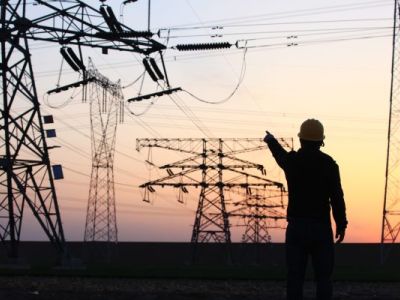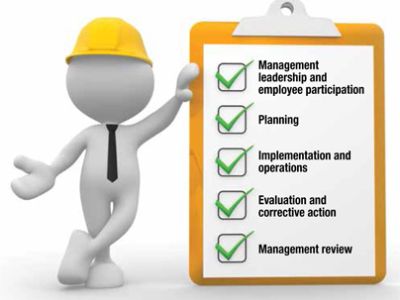Pam Tompkins, CSP, CUSP

Pam Tompkins, CSP, CUSP
Pam Tompkins, CUSP, CSP, is president and CEO of SET Solutions LLC. She is a 40-year veteran of the electric utility industry, a founding member of the Utility Safety & Ops Leadership Network and past chair of the USOLN executive board. Tompkins worked in the utility industry for over 20 years and has provided electric power safety consulting for the last 20-plus years. An OSHA-authorized instructor, she has supported utilities, contractors and other organizations operating electric power systems in designing and maintaining safety improvement methods and strategies for organizational excellence.

Safety By Design: Evaluation and Effective Action
The previous articles in this series outlined the essential components of a strong safety management system (SMS). To achieve safety success, electric power organizations must ensure those components align with and support one another. This article – the last in the series – addresses two final topics of importance: assessing an organization’s SMS performance and […]

Safety By Design: Implementation and Operation
The first four articles in this six-part series outlined the significance of an organizational safety management system (SMS) that involves all employees. They emphasized effective risk mitigation through a well-developed plan for continuous improvement, with a focus on human and organizational performance. This article highlights critical operational processes that must be thoroughly assessed and refined […]

Safety By Design: Human and Organizational Performance
The first three articles in this six-part series addressed the critical nature and value of an organizational safety management system (SMS) that engages all employees and effectively mitigates risks through a developed plan for continuous improvement. This article focuses on human and organizational performance (HOP), an operational philosophy that utility organizations must incorporate into their […]

Safety By Design: Safety Management System Planning
In the first two parts of this six-part series, I discussed the importance of creating and implementing a safety management system (SMS) that actively involves all employees. This part will focus on (1) identifying and prioritizing an organization’s safety needs based on specific hazards and risks and (2) developing a plan with clear objectives and […]
Safety By Design: Leadership and Employee Involvement
In the first part of this six-part series, I discussed the reasons why it’s important for utility organizations to develop safety systems that align their safety initiatives. This article will address employee involvement, an often overlooked yet fundamental component of any effective safety system. According to ANSI/ASSP Z10, “Occupational Health and Safety Management Systems,” the […]

Safety By Design: A System Approach to Organizational Safety Initiatives
Let’s kick off this new series by considering a simple question: Why do we need safety? Here’s my answer: Safety is a must because hazards and threats exist in our work environments that could cause harm to both our employees and our organizations. Any initiative designed to protect workers from danger falls under the umbrella […]

Employee-in-Charge Requirements
When was the last time your organization discussed or highlighted the importance of the employee in charge (EIC)? The EIC has the responsibility to ensure job site success, so it is one of the most important job functions within your company. And because electric power workers perform jobs with extremely high-risk hazards that require successful […]

Are Compliance Grungs Taking Over Your Organization?
Do you have a safety culture that focuses solely on safety compliance and the use of personal protective equipment? If so, you probably also have the dreaded Compliance Grungs, which can secrete poisons throughout your organizational safety culture. What exactly are Compliance Grungs, and how do deadly creatures relate to anything associated with safety? Deadly […]

How to Develop a Contractor Safety Management Standard
Have you ever questioned whether a contractor or subcontractor was qualified to perform electric power work? If so, you should consider developing a contractor safety management standard. This type of standard defines minimum safety requirements that contractors must adhere to when they perform work for your company. Years ago, many electric power organizations used contractual […]

Does Your Company Have an Effective Safety Management System?
Your safety program can have fully developed rules and procedures, a top-notch training program and the best safety equipment and tools money can buy – and there is still the possibility that it may not be successful. Although these things are extremely important and necessary, safety success will not occur until your safety program becomes […]

